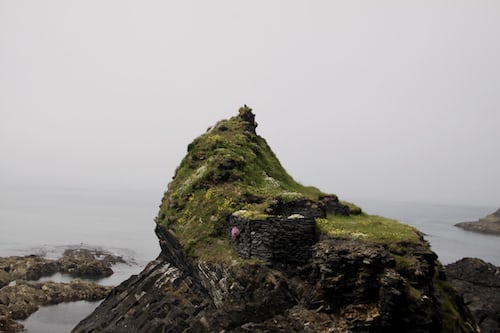Photographing flowers and insects is a passion for many people. If you’re looking to expand your photographic horizons, here are some tips to help you take better pictures of these delicate subjects.
The following techniques will help you take outstanding flower photos:
Use a macro lens or extension tube to get close-up shots. Macro lenses are designed specifically for taking close-up shots of small objects such as flowers, insects and leaves. A macro lens allows you to focus on small details that would otherwise be out of focus when taken with a standard lens. An extension tube can be used in conjunction with a macro lens or alone to get even closer shots. It attaches between your camera body and lens and extends its focal length so that it can focus on objects that are very close up (outdoors) or inside your home (indoors).
Shoot during the early morning or evening hours when there is less direct sunlight hitting the subject matter (flowers). This will provide softer shadows and richer colors than midday shooting.
Before taking your first flower or insect photo, it’s essential to understand a few basics about their anatomy and behavior. This will help you get more natural shots that show the subject at its best.
Get close. It’s better to take photos from a distance than from too close. The reason for this is simple: You want to be able to see all of the details in your photo. If you’re too close, you’ll end up with a blurry image that doesn’t show off all of the subject’s features. It can also be difficult to capture an entire flower in one shot if it’s too small and close to you — especially if you’re using a wide-angle lens!
Use a macro lens. If your camera has interchangeable lenses, consider purchasing a macro lens so that you can get closer to your subject without getting so close that your pictures are blurry (see tip 1). A macro lens allows you to focus on objects as close as 3 inches away from the camera lens.
Use natural light. Natural light makes photos look more attractive and professional than artificial light does. If possible, take photos outdoors when the sun is shining or find another spot where there’s plenty of natural light so that you can avoid using your flash.
Flowers have an incredible variety of colors, but it’s hard to get them all in a single shot if you’re using artificial light. Natural light makes the colors of the flowers more vibrant and accurate.
If you must use artificial light indoors or at night, use a tripod so that your hands won’t shake while taking the photo. You can also use a remote shutter release cable or app to trigger the shutter release from your phone or tablet instead of pressing it yourself so that nothing moves when you press the button.
Pay attention to perspective. When taking pictures of flowers and insects up close, make sure they look like they’re in proportion with each other and their surroundings — otherwise they’ll look weird or distorted in the photo!
Use a tripod. A tripod keeps your camera still while you take a picture, which prevents blurriness. If you don’t have a tripod, try propping your camera on something steady like a rock or tree trunk.
Use macro mode. Macro mode lets you get close enough to your subject that it fills most of the frame. You can use it with any camera (even smartphones), although the results will be best with a DSLR.
Use manual settings. Manual settings allow you to control the exposure time and aperture, which are critical for flower photography because different types of flowers have different lighting needs. The exact exposure settings depend on the type of flower, but typically an aperture between f/8 and f/16 works well for most flowers, while using shutter speeds between 1/100th and 1/200th sec will produce sharp images with little blurriness from camera shake or subject movement. Experiment with different settings until you find what works best for each type of flower you’re photographing.
Take multiple shots at once. This will give you options later when editing them and putting them together into one photo.
Natural light creates shadows and highlights that add depth to photos while artificial lighting creates flat images with no depth or texture at all.
Get closer to your subject than usual – this makes it easier for you to focus properly and get sharper images without getting blur from movement or camera shake from zooming in too much on an object too quickly, both of which can happen when taking photos from far away if your camera isn’t in manual mode or has an optical stabilization feature built into it (which is great if your camera does).



















